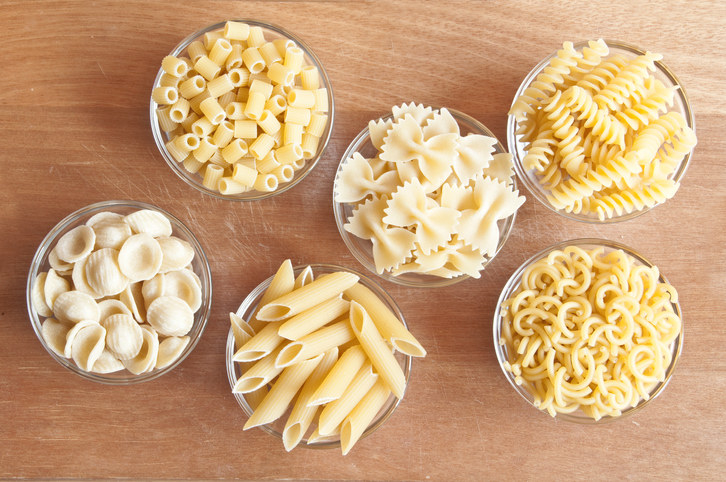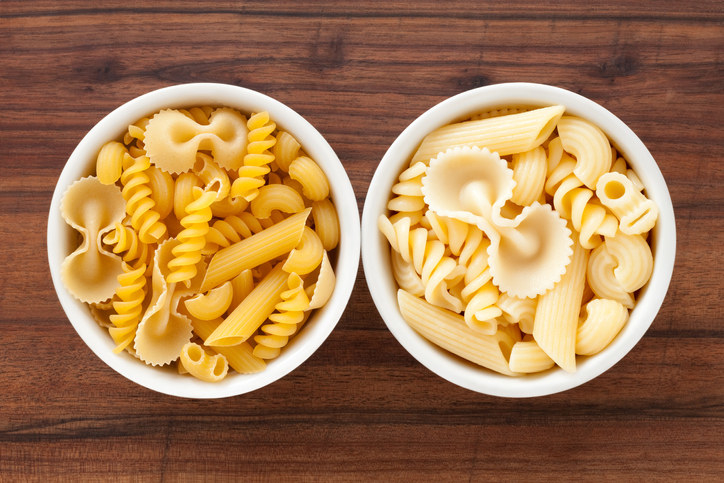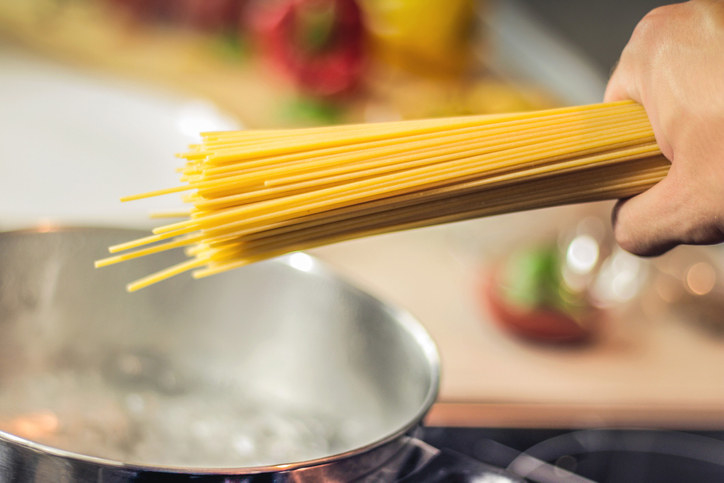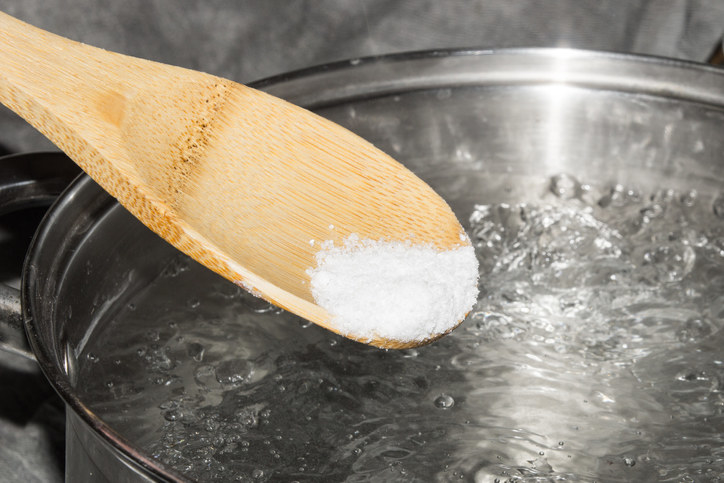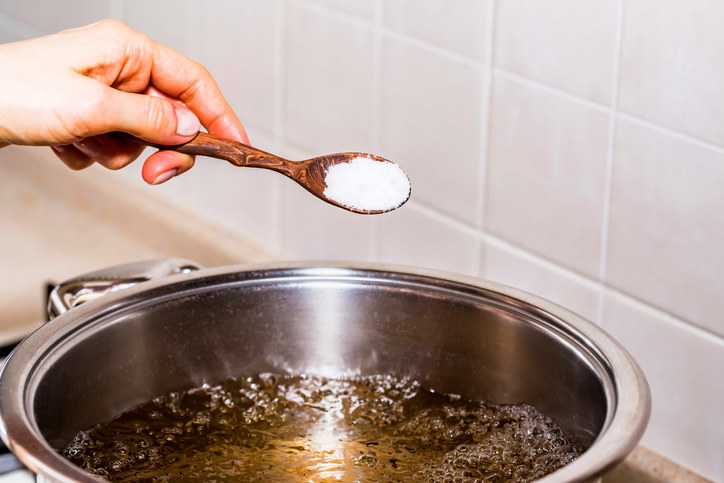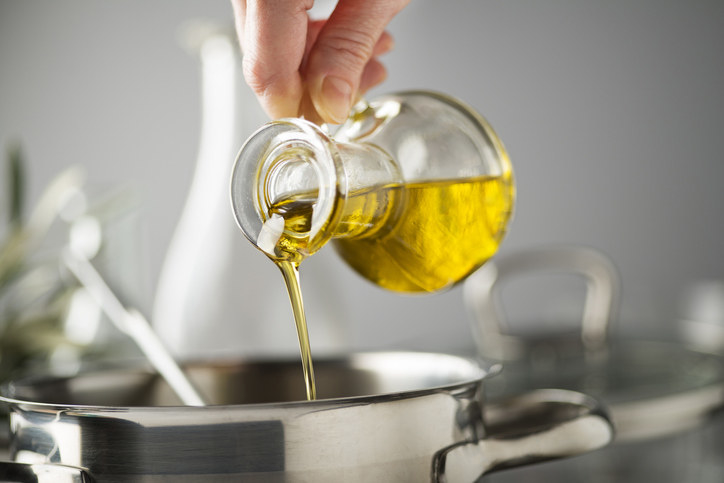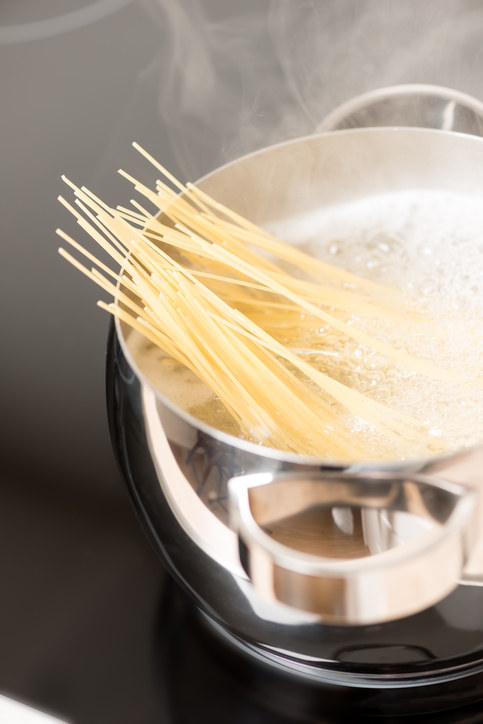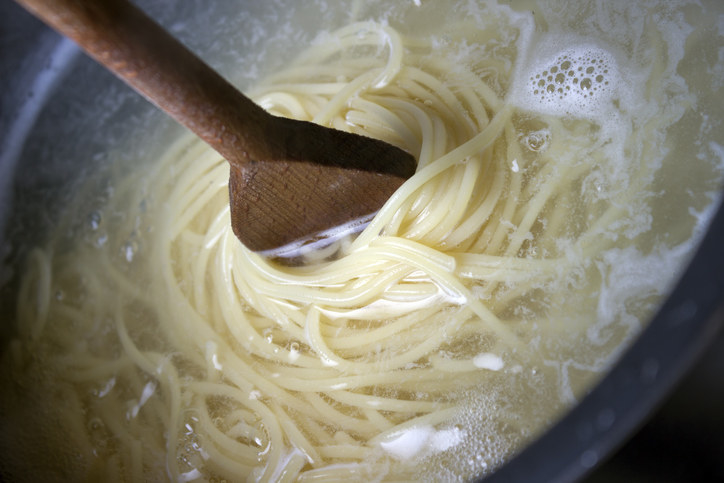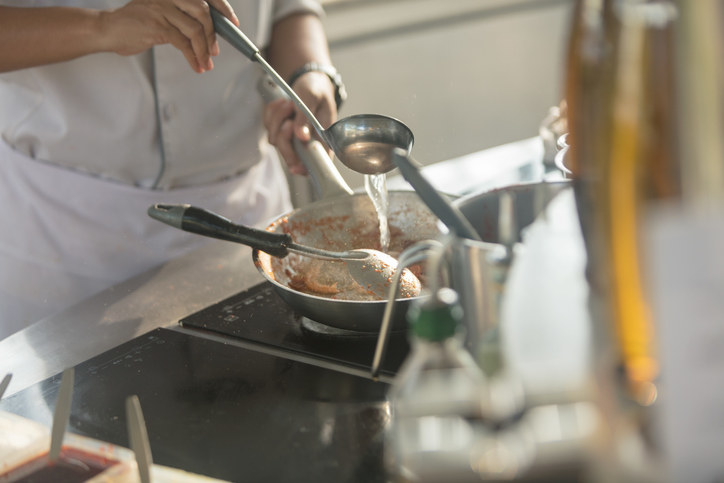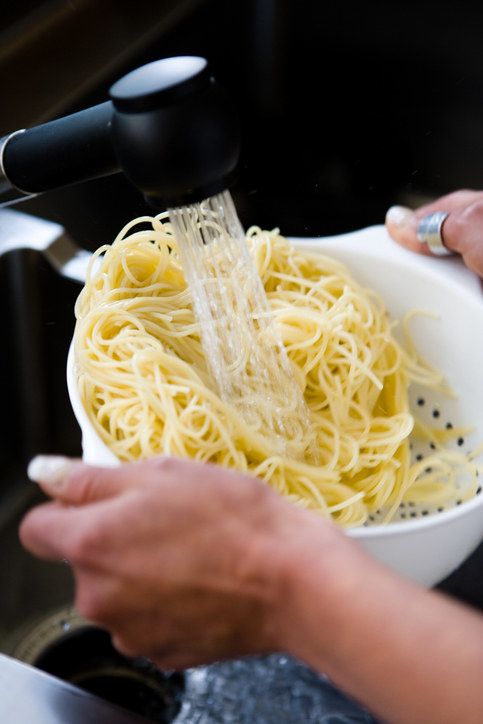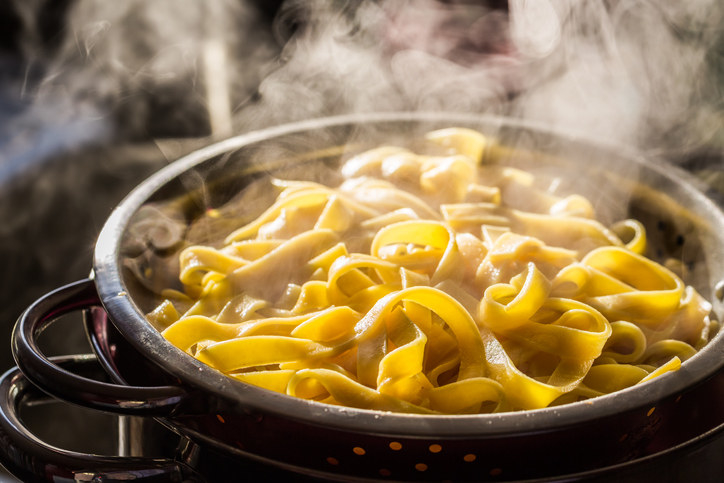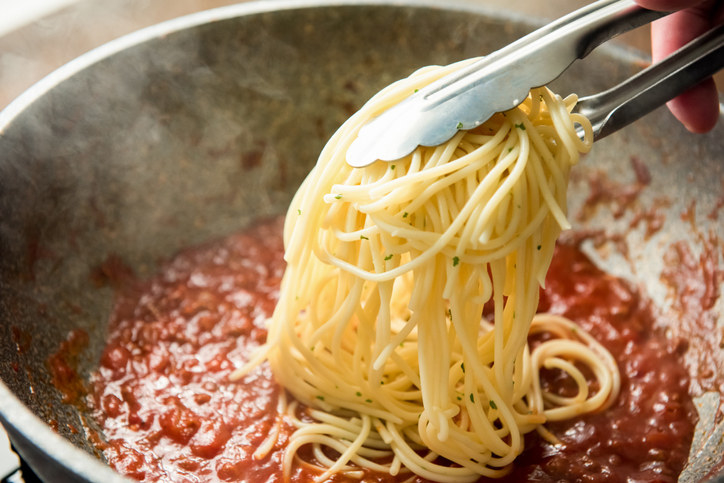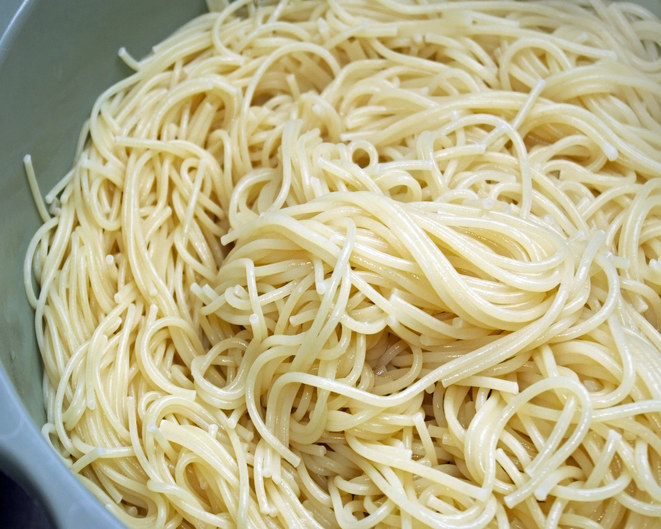Pasta is the ultimate weeknight dinner. It’s cheap, easy, and satisfying.
So we rounded up 12 basic pasta cooking tips to keep in mind the next time you make it — from how to properly salt the water to why you should never rinse it.
1.Pick the right pasta shape for the sauce you’re serving it with.
Some pasta shapes are better for thick sauces while others are perfect for light sauces. For light sauces (like aglio e olio, pesto, or butter sauces), spaghetti, bucatini, and angel hair are all good options — any long, skinny pasta shape will work well. For heavier sauces (like bolognese or hearty tomato sauces), tube-shaped pastas such as penne, rigatoni, or macaroni are best. Theses shapes trap the sauce so you get the perfect ratio of sauce to pasta in every bite.
Learn more: How to Correctly Pair Pasta Shapes With Sauces
2.And don’t cook two different shapes of pasta together.
Although it may be tempting to cook two shapes of pasta at the same time, don’t. One will inevitably be overcooked, even if they are similar in size. While you could technically time it so one pasta is added to the boiling water first, it’s not worth the risk. Stick to cooking one shape at a time and you’ll be solid.
Learn more: Dried Pasta Cooking Chart
3.Use a large pot with a generous amount of water.
For each pound of pasta you’re cooking, you should use one gallon of water. Cooking pasta in a small pot of water will cause it to get starchy, slimy, and sticky — so don’t be stingy with the water amount.
4.Learn how to properly salt your pasta water.
For every gallon of water, add one heaping tablespoon of kosher salt. This may seem excessive, but most of it will go down the drain. This is also the only step of the cooking process where you can season the pasta itself, so don’t skimp on the salt.
5.And wait to add the salt until after the water is boiling.
Adding salt to cold water can cause pitting on the bottom of stainless steel pots (which is a form of rusting), so hold off on adding it until after the water is boiling so it dissolves right away.
Learn more: How to Properly Salt Your Pasta Water
6.Despite what you’ve been told, don’t add oil to your pasta water.
Oil will coat the pasta and prevent the sauce for clinging to it properly, so don’t add it to the water. It isn’t actually that effective at preventing pasta from sticking together anyway, so go ahead and ditch it.
Learn more: Why You Should Never, Ever Add Oil to Your Pasta Water
7.Instead, as soon as you add your pasta to the water, stir it nonstop for two minutes.
As soon as pasta is added to boiling water, it starts to release its starches. This is the time during the cooking process in which the pasta is most likely to stick together, so stir it constantly for the first two minutes.
Learn more: How to Prevent Pasta Noodles From Sticking Together
8.Reserve some cooking water to help make your sauces silky smooth and cling to the pasta.
Many chefs refer to pasta water as liquid gold, and it can be used for everything from fettuccini Alfredo to cacio e pepe. Because pasta water contains starches, it is able to thicken sauces and make them glossy — so before you strain your pasta, reserve a cup or two of the cooking liquid just in case.
Learn more: Everything You Need to Know About Pasta Water
9.Keep in mind that rinsing your pasta is almost always a bad idea.
Rinsing pasta washes off the starches — which is not usually a good thing. The only times rinsing pasta comes in handy is when you’re trying to quickly cool it down to make pasta salad, or when you plan to stir-fry the pasta and don’t want it to stick to the pan.
Learn more: When to Rinse Pasta (and When to Skip It)
10.Don’t let your pasta hang out in the colander after you strain it.
If you let your pasta sit in the colander after straining, chances are it’ll stick together. Cooked pasta is coated in starch, so it will naturally glue together. To avoid this, add the strained pasta to your sauce right away or toss it in a bit of olive oil.
11.Add your pasta to the sauce, not your sauce to the pasta.
By adding pasta to sauce (and not the other way around) it allows the pasta and sauce to meld together. If you’re serious about your pasta, you should undercook it by one minute, add it to a hot pan with sauce, and let it cook in the sauce for the final minute. This will give the pasta a superior flavor and texture and marry the sauce and pasta together into one complete dish rather than two separate components.
Learn more: The Right Way to Sauce Pasta
12.Toss leftover pasta with olive oil to prevent it from sticking together — and learn how to reheat it properly.
Leftover pasta that hasn’t been tossed in sauce should be coated in just enough olive oil to prevent it from sticking together — about one or two tablespoons.
To reheat leftover sauced pasta, microwave it with a tablespoon or two of water or a bit of extra sauce so it doesn’t dry out.
Learn more: How to Store Leftover Cooked Pasta
Looking for more helpful cooking tips? Check out these posts:
• 27 Delicious Ideas For Weeknight Pasta Dinners
• Here’s How To Make Great Pasta From Scratch
• 11 Genius Ways To Cook Pasta You’ve Never Heard Of
Source: Read Full Article
